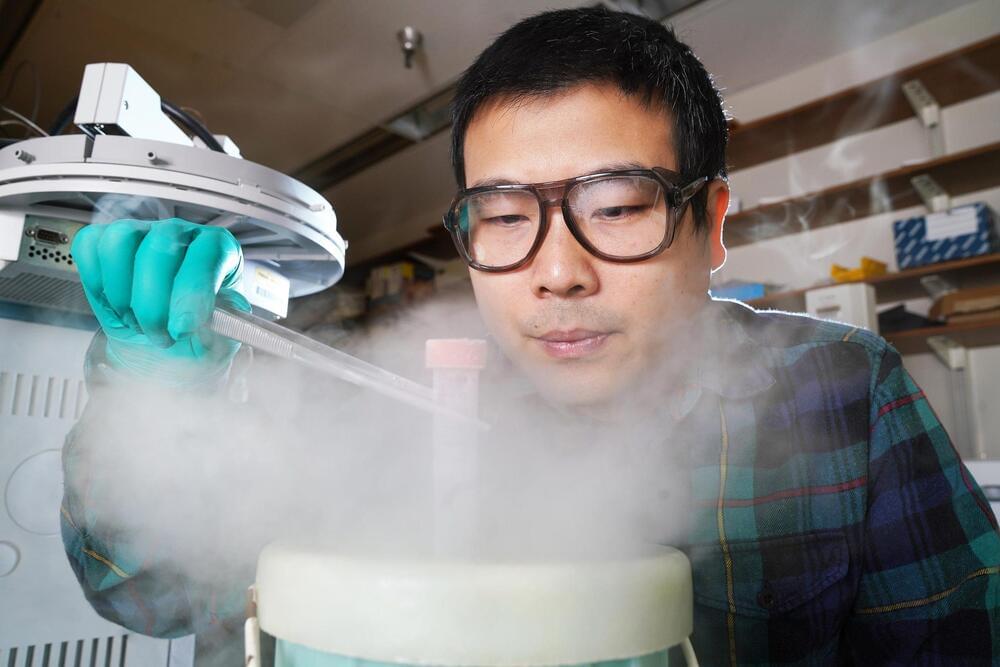This souped-up getaway on wheels provides a young family with all the comforts of home.





Thyme and oregano possess an anti-cancer compound that suppresses tumor development, but adding more to your tomato sauce isn’t enough to gain significant benefit. The key to unlocking the power of these plants is in amplifying the amount of the compound created or synthesizing the compound for drug development.
Researchers at Purdue University achieved the first step toward using the compound in pharmaceuticals by mapping its biosynthetic pathway, a sort of molecular recipe of the ingredients and steps needed.
“These plants contain important compounds, but the amount is very low and extraction won’t be enough,” said Natalia Dudareva, a Distinguished Professor of Biochemistry in Purdue’s College of Agriculture, who co-led the project. “By understanding how these compounds are formed, we open a path to engineering plants with higher levels of them or to synthesizing the compounds in microorganisms for medical use.


Iran’s space launch on Thursday has failed to put its three payloads into orbit after the rocket was unable to reach the required speed, a defence ministry spokesman said in remarks carried on state television.
The attempted launch, which came as indirect United States-Iran talks take place in Austria to try to salvage a 2015 nuclear deal, drew criticism from the US, Germany and France.
“For a payload to enter orbit, it needs to reach speeds above 7,600 [metres per second]. We reached 7,350,” the spokesman, Ahmad Hosseini, said in a documentary about the launch vehicle broadcast on state TV and posted online on Friday.
An all-electric, robot called BeBot can sift through sand to extract pieces of debris too small for traditional systems.

Capable of shipping 99,000 cubic meters of liquefied gas across the Pacific Ocean, the world’s first very large ethane carrier (VLEC), “Pacific Ineos Belstaff,” was named and delivered by Chinese shipbuilder Jiangnan Shipyard Group in Shanghai on Tuesday.
As the largest carrier for ethane in the world by far, the vessel features the Type-B cargo quartet containment system “BrilliancE” developed by Jiangnan Shipyard. B stands for Type-B and E stands for ethane and ethylene.
It is also equipped with dual-fuel technology that can use ethane as fuel through a shaft generator that helps it meet the most stringent emission requirements.